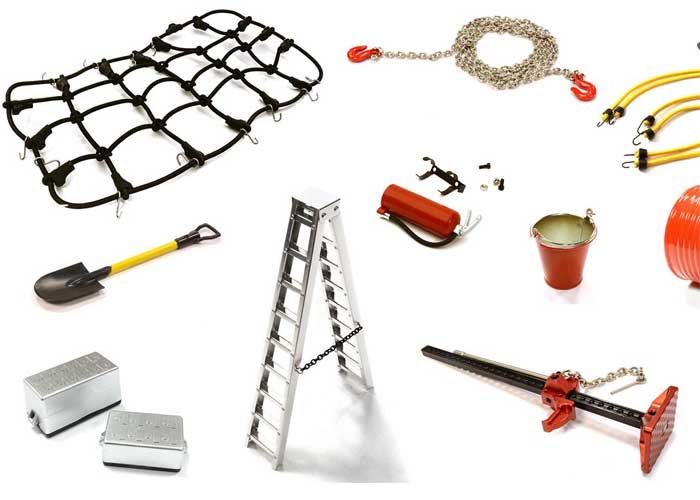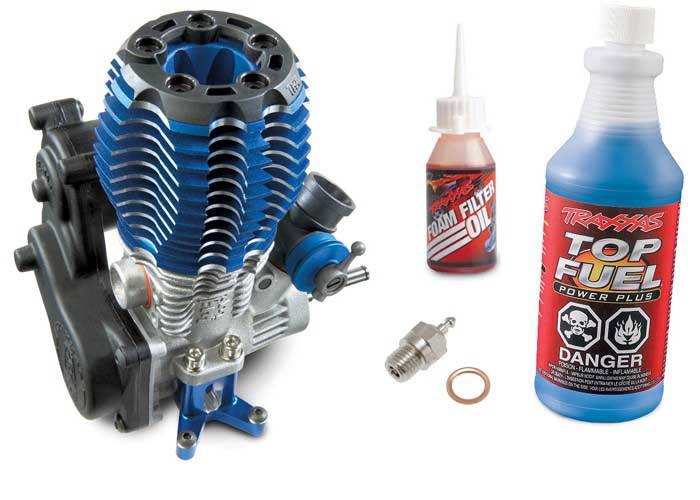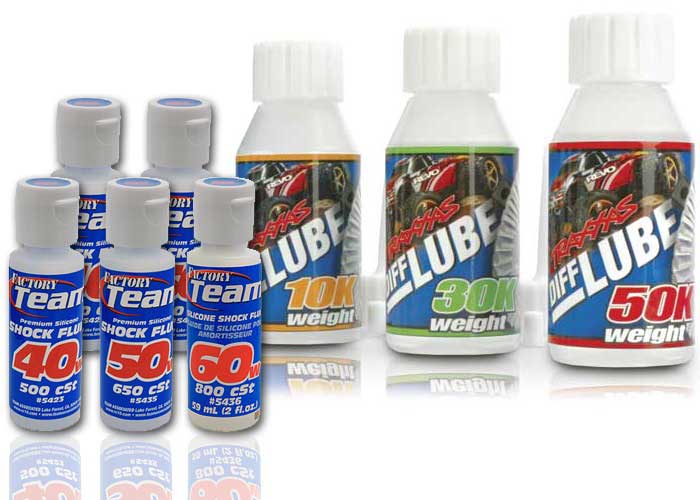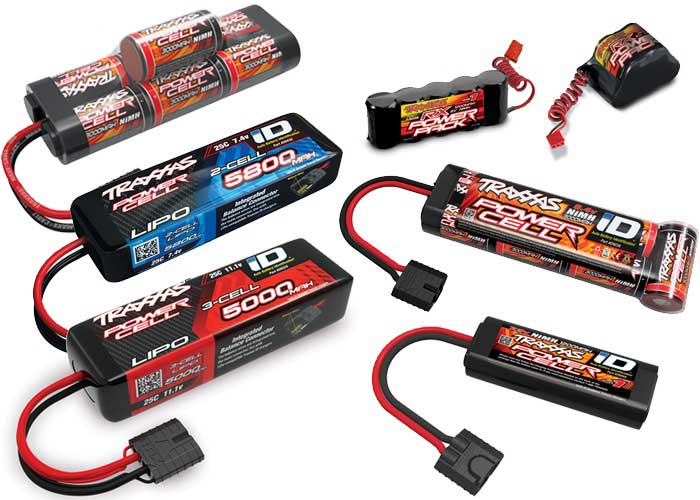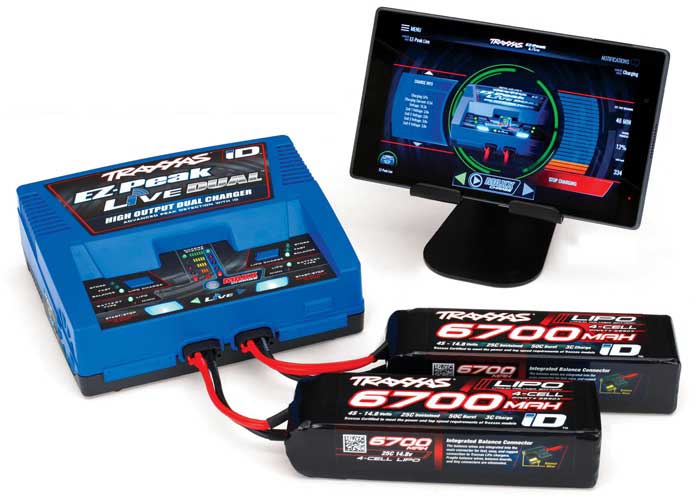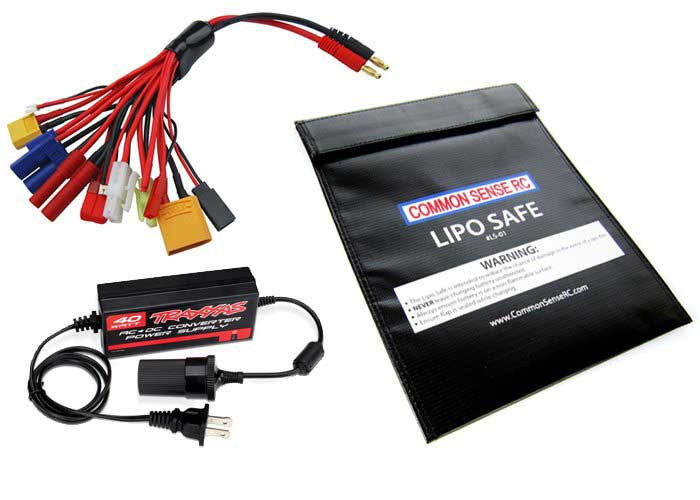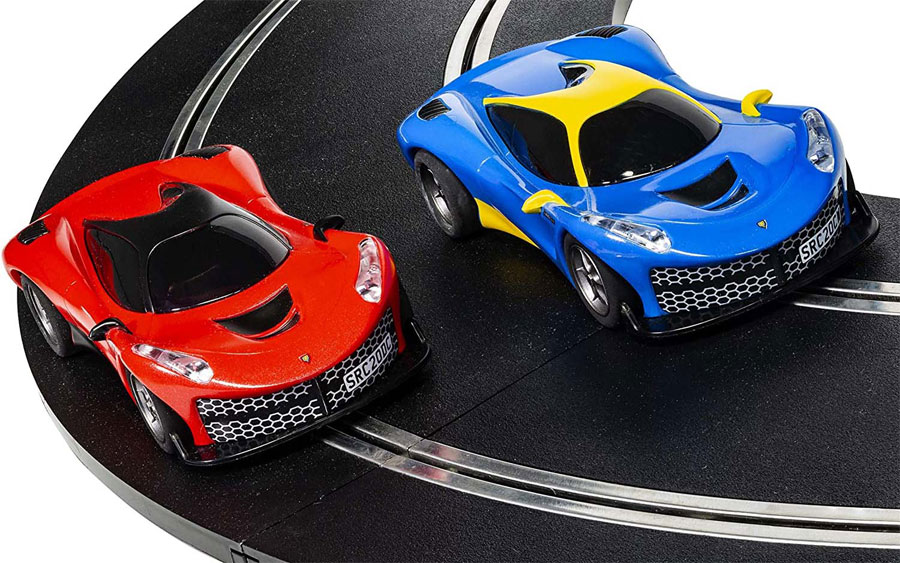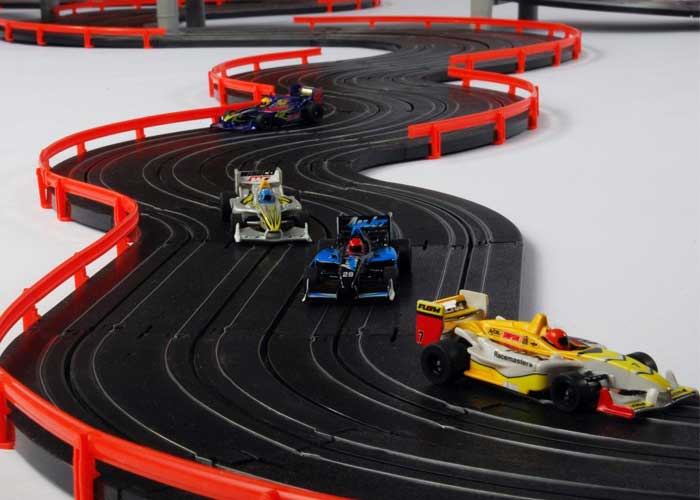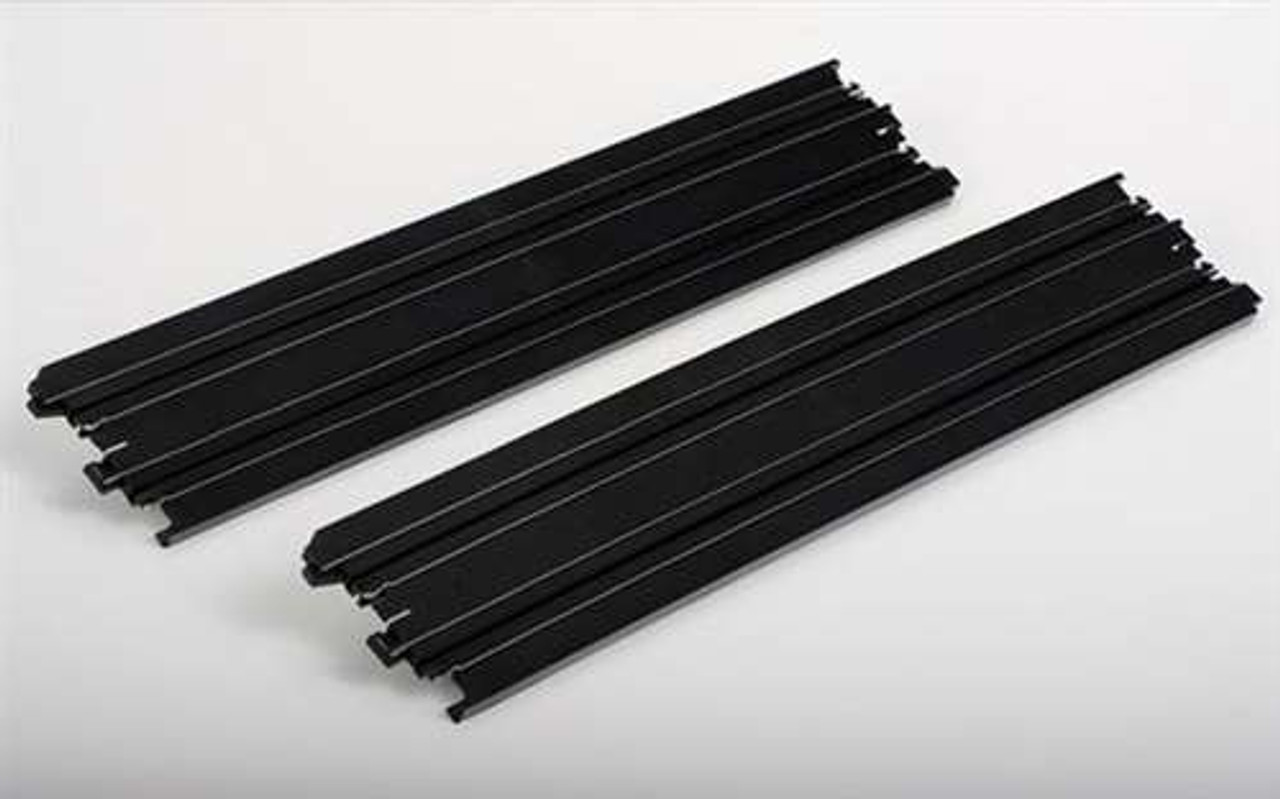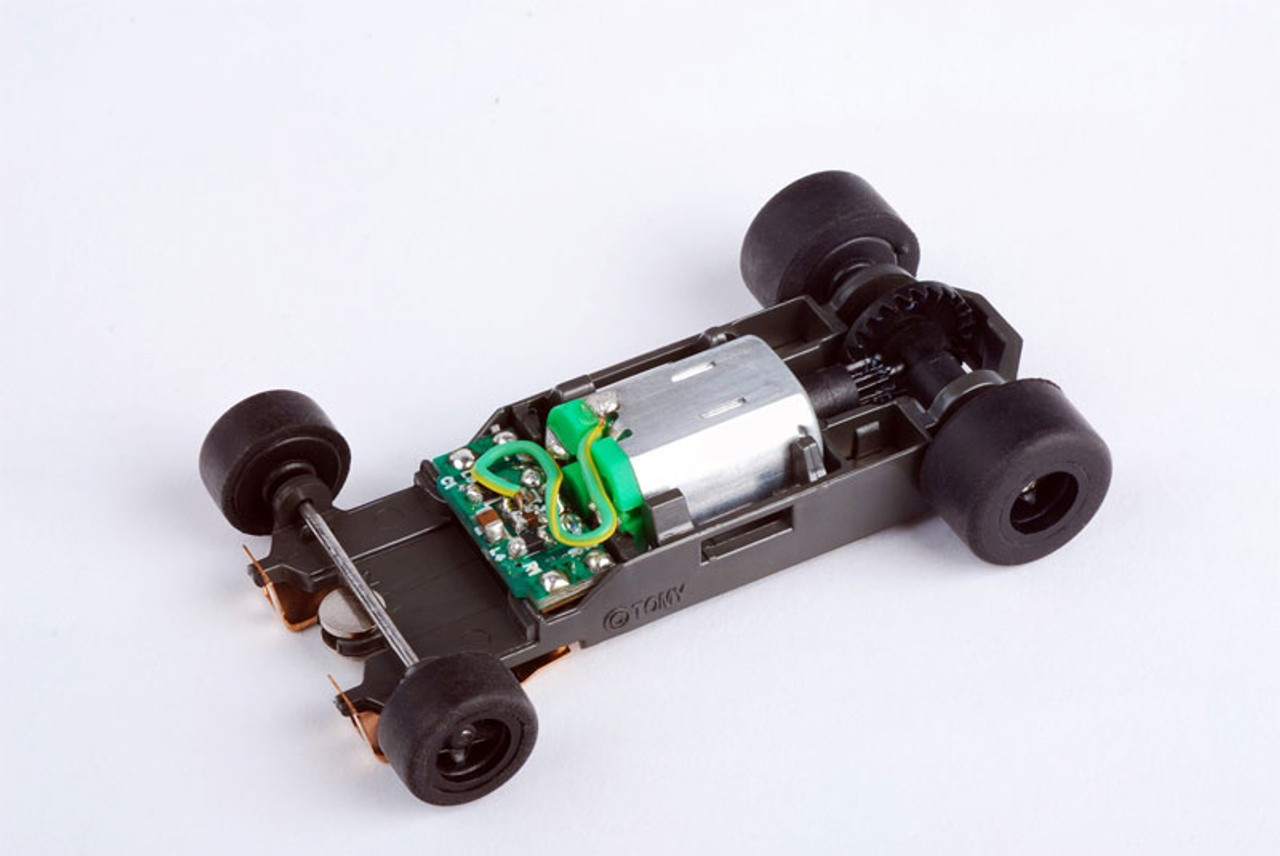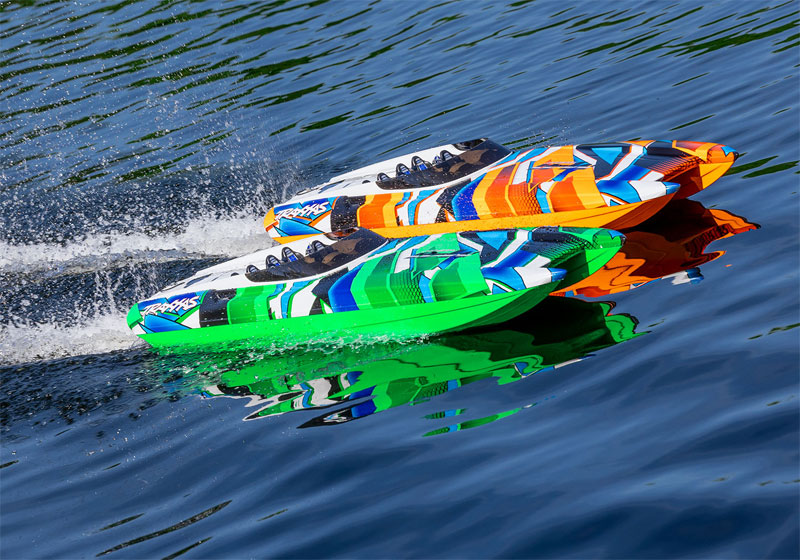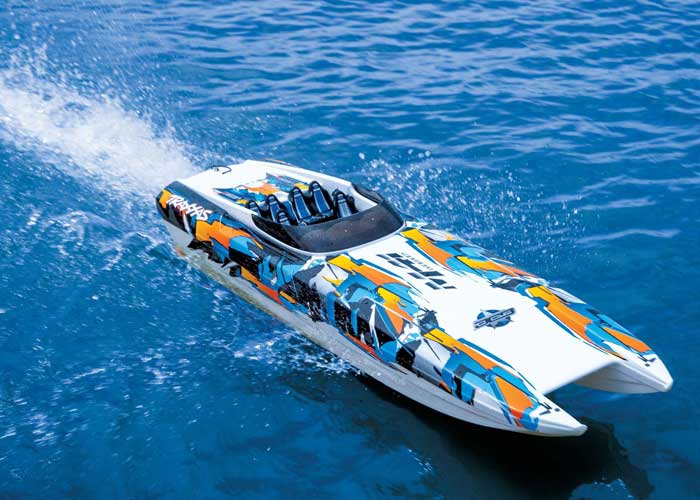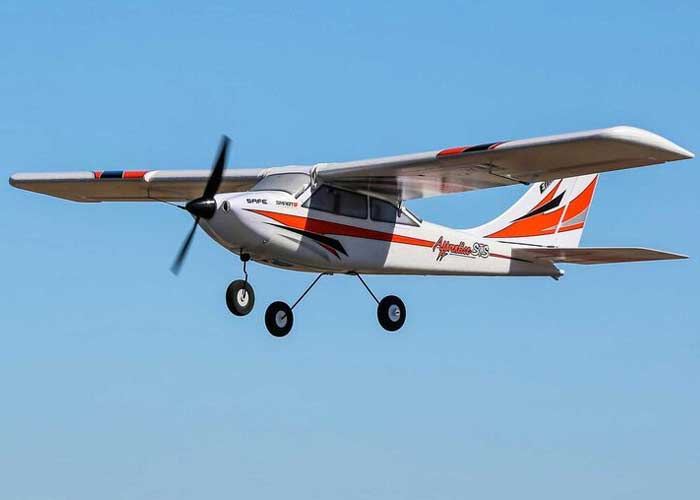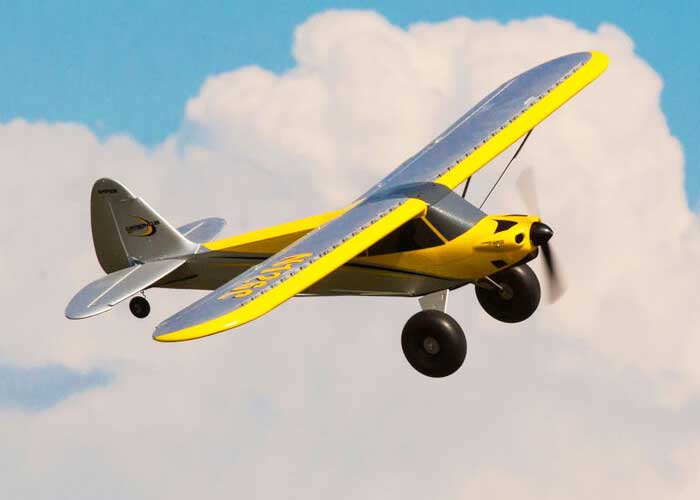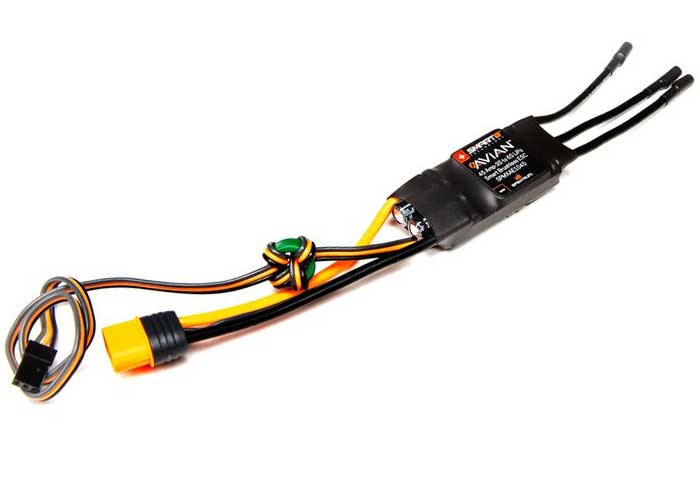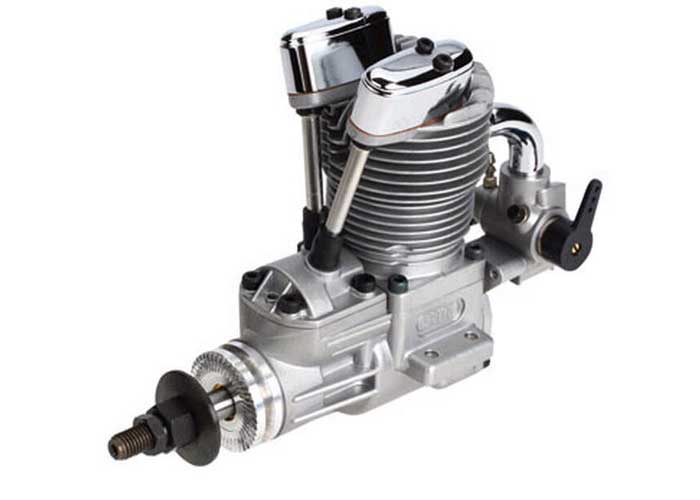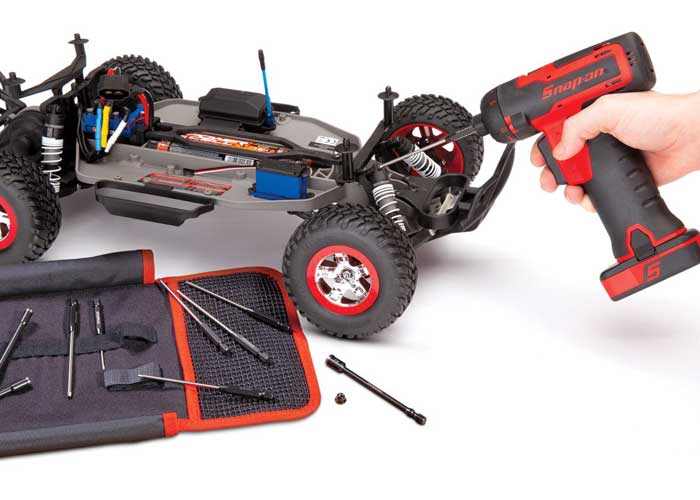Slot Car Handling Tips and Tire Tricks
29th Sep 2020
Anyone who is just getting into slot car racing is bound to figure out that different types of tires and rims offer radically different handling characteristics. Different chassis styles and wheelbases also impact performance. Some people like to race specific models as a result. Try out both open-wheel and full-bodied cars. Some open-wheel models, like Formula racers, come with the longer 1.7” chassis.
Those who are building their own models or modifying existing ones will want to check chassis style and tire size before proceeding.
Tuning the Tires and Chassis on Slot Cars
Unlike a regular automobile, you normally don’t have to worry about dealing with an orange seal or a set of recommended pressures. Tire pressure doesn’t normally factor into the equation because the tires aren’t pneumatic, which means they don’t rely on air pressure. Instead, you’ll want to measure them from the side of the tire in order to figure out the diameter of each.
While you won’t have to deal with valve stems, there’s a good chance that you’ll need to check any connector or adapter that allows your tires and rims to remain attached to the axles of your model. In some cases, a little wobble can really impact speed on the track.
RC Chassis Kits
With HO scale cars like those from AFX, tires are available in tune-up kits. These kits also include axles, gears, and pick-up shoes.
After long-term use, sometimes it’s better to opt for a completely new chassis. The AFX Mega-G+ cars are available in both 1.5” and 1.7” wheelbase lengths. To determine the chassis you have, simply measure from the center of the front axle to the center of the rear to find your wheelbase. We have both the 1.5” chassis and 1.7” chassis available.
Tire Wear and Racing
Pit crews usually replace tires during a race whenever they feel that they’re not providing the right grip or handling. Check the track conditions at all times and make sure that the rear tires are wearing evenly with the front. You may want to replace them more often if racing competitively.
Fortunately, you’re not going to have to worry about things like fuel economy or other real issues someone might if they were running the full-scale racer. There are a few lessons you can take from it nevertheless.
Lessons from Racing for Slot Car Aficionados
Keep the chassis clean. Dirty pick-up shoes or dirt and hair in the gears and axles can greatly reduce the performance of your car. If the shoes or pick-up braids are worn, it’s time to replace them.
Keep your track clean as well. Over time, the metal rails on the tracks can get a slight amount of surface rust or corrosion. This can even happen with brand new sets. Humidity will increase the need to clean this surface corrosion off. Using a pencil eraser will take care of minor cases. If that doesn’t do it, a bit of fine grit sandpaper or “track pad” included with some slot car tracks will instantly bring life back to a struggling lane.
Finally, a little oil, but not too much, keeps drivelines spinning freely. Start by cleaning any debris, hair, or fibers off the axles and motor. With a light oil, oil the axle contact points. Next, the motor bushings, but keep it out of the motor. Lastly, the gears. Let the oil soak in for a while before running the car. Once it sinks in, hold the rear axle off the track above a paper towel and run the motor for a few seconds. This helps get any excess oil out from the gears to prevent it from getting on the track. Remember, too much oil will cause dirt to collect and build up prematurely, so don’t overdo it!
Those who aren’t sure what kind of tune-up, tires or chassis might be right for their model should contact RC Superstore online for more information on hobby supplies.






